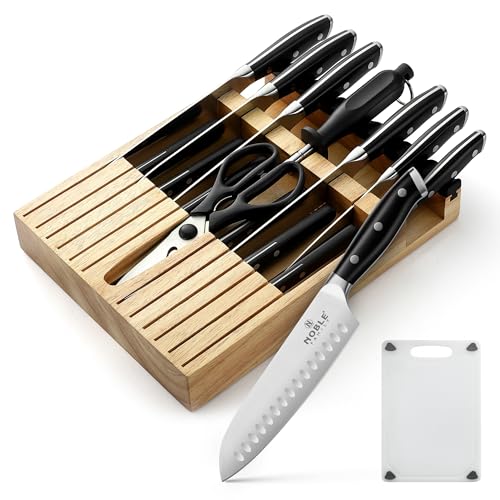WhiteRabbitAgain
Member
I was observing some FB forums and other places prior to coming here, and noted that in many sharpening circles, there is the view that grits over 400 are a waste of time. This was explained that for many kitchen purposes, the microserrations from the grit give it a greater ability to slice, and that for chopping type cutting, such as a straight razor (where I learned to sharpen) the highest grits and stropping are advantageous, but are unnecessary or even detrimental on kitchen knives.
This contradicted what I have seen on various higher end sharpeners on youtube, like Murray Carter, where he goes up over a thousand grit, works both the primary and secondary edge, and thins the blade.
I couldn't help but wonder if this is due to the quality of the steel more than the intended application, with carbon steel holding an edge better and lower quality stainless losing a sharp edge quickly, so a higher angle would keep it functional longer.
This contradicted what I have seen on various higher end sharpeners on youtube, like Murray Carter, where he goes up over a thousand grit, works both the primary and secondary edge, and thins the blade.
I couldn't help but wonder if this is due to the quality of the steel more than the intended application, with carbon steel holding an edge better and lower quality stainless losing a sharp edge quickly, so a higher angle would keep it functional longer.

























